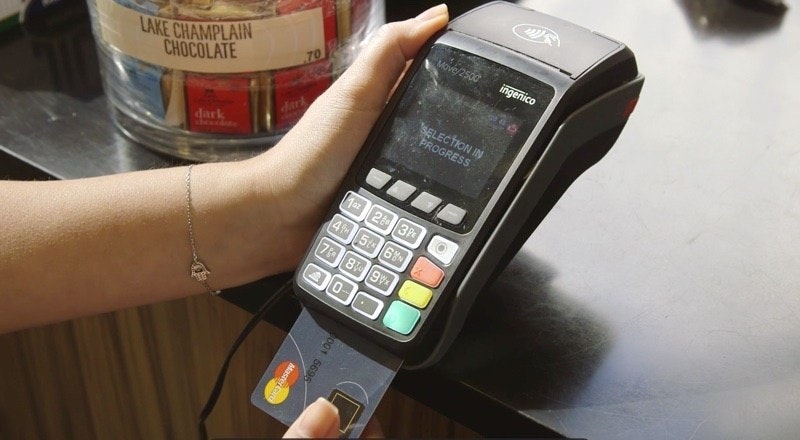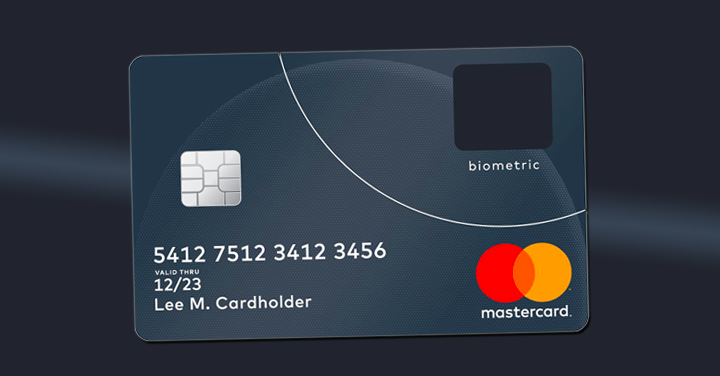



As the payment industry continues to seek safer and more convenient ways to transact, the integration of fingerprint recognition technology has become an innovative force in the field of credit card payments. Combining the security and immediacy of biometrics, fingerprint modules are gradually changing the way we process everyday transactions, especially in the field of credit card payments. The application of fingerprint module in credit card payment optimizes the payment experience and strengthens the transaction security.

Fusion of fingerprint module and credit card payment
1. Innovations in card design:
Modern credit cards are beginning to integrate fingerprint sensors so that users can instantly verify their identity and make payments by simply tapping the sensor area on the card. This design not only eliminates the annoyance of traditional password memory, but also greatly reduces the risk of identity theft.
2. Upgrade of self-service terminals:
Self-service terminals, such as ATMs and self-checkout stations, integrate fingerprint recognition technology so that users do not need to carry a card or enter a password, just a fingerprint to complete withdrawals or shopping. This seamless payment experience not only speeds up transactions, but also improves the security of the terminal.
3. Strengthening of mobile payment:
Smartphones and tablets are important carriers of mobile payments, and with the built-in fingerprint module, users can securely link credit card information to their devices. When making online or in-store payments, you can complete the transaction with just a swipe of your fingerprint, while avoiding the inconvenience and risk of losing your physical card.
4. Guarantee of safe transactions:
When making large transactions or sensitive financial operations, fingerprint recognition can provide an additional layer of security as part of multi-factor authentication. This not only prevents unauthorized access, but also ensures that only the card owner is able to complete the transaction, significantly reducing fraud rates.

Application scenario Case
1. Seamless payment in retail:
In a retail environment, customers can use their fingerprint-enabled credit card directly at checkout without having to pull out their phone or enter a PIN, making the process smoother, reducing wait times and enhancing the shopping experience.
2. Easy access to public transport:
Public transportation systems, such as subways and buses, have integrated fingerprint-recognition payment systems that allow passengers to quickly pass through the gates and simply press their finger on the sensor to complete ticket purchase or toll payment, greatly improving traffic efficiency.
3. Innovative experience of banking services:
Through the use of fingerprint recognition technology, customers can directly withdraw money, transfer funds or check balances without a bank card, further simplifying the banking service process and enhancing account security.
4. Simplification of personal financial management:
Personal finance management software and banking apps log in with fingerprints, allowing users to securely access their account information to transfer money, pay bills and more without worrying about passwords being stolen or forgotten.

The combination of fingerprint technology and credit card payments is redefining the future of the payments industry. It not only provides unprecedented convenience and speed, but more importantly, it significantly improves the security of the payment process and protects the security of users' financial information. With the continuous advancement of technology and the expansion of application scope, we can foresee that fingerprint recognition will play a more critical role in the field of credit card payment, bringing a more secure, efficient and personalized payment experience to users around the world.




